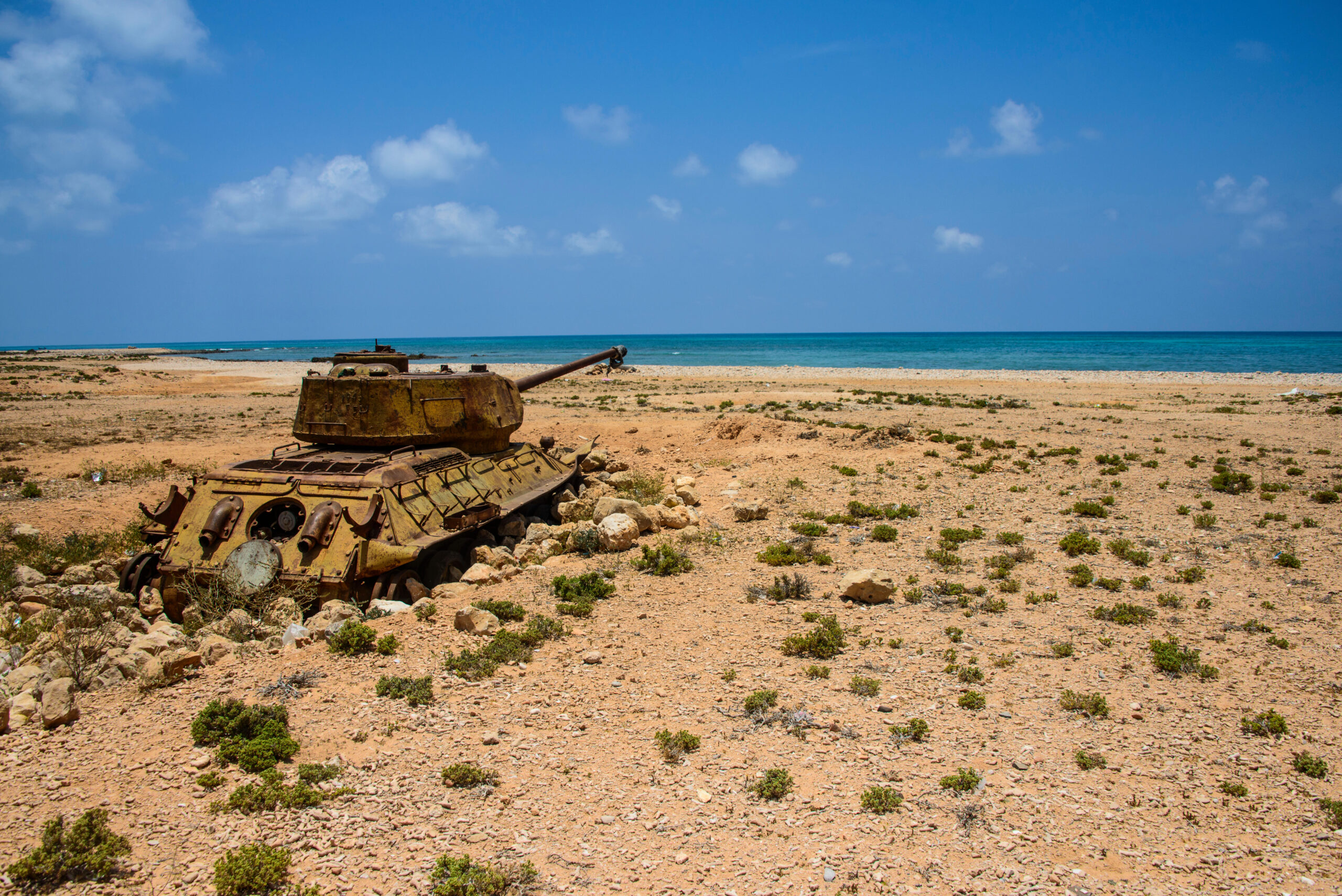The UAE’s strategic consolidation of the island of Socotra will not enhance the prospects for a peaceful resolution of the conflict in Yemen. Whilst it may further complicate the process, it will not necessarily stymie efforts either. However, what is likely to stymie prospects is the growing rift between Saudi Arabia and the UAE and their vision for Yemen’s future.
Whereas Riyadh remains committed to a unitary sovereign Yemeni state, it has become increasingly clear that Abu Dhabi favours the division of the country. The UAE’s early exit from the conflict and its simultaneous increase in material, political and diplomatic support to the Southern Transitional Council (STC) – which favours breaking away from Sanaa – illustrates this. Securing Socotra, therefore, achieves two goals for the UAE: its presence there both serves UAE’s national strategic interest and enables the STC to further shore up autonomy against the Republic of Yemen Government (ROYG).
The Saudi-Emirati relationship has come under significant strain over the past 18 months, and has been manifest in various forms, but Yemen remains the overriding issue that separates the two countries. The Riyadh Agreement (2019) was intended to align the positions of the ROYG and the STC in support of their negotiations with the Houthis, but in reality, has done little to overcome ROYG and STC differences.
The Saudi leadership believes that Yemen’s territorial integrity is critical to its own national security owing to its geographical proximity to the kingdom and patterns of historical migration, which have tied the two societies close together. As such, Riyadh sees a unitary Yemen as best serving its strategic interests. The UAE, on the other hand, only has interest in southern Yemen given its geography which complements its strategic vision of establishing a ‘string of pearls’ from the Arabian Sea to Suez. This includes acquiring strategic ports and islands, such as Socotra. Consequently, Abu Dhabi is less concerned with directing its efforts in support of a wider resolution to the conflict and much more focused on consolidating its influence in Yemen and securing assets that serve its interests.
The island of Socotra serves that purpose very well given its geostrategic location, low population density and ‘independence’ from the Yemen mainland. To date, the Socotrans have been unable to resist the UAE deployment. Also, the ROYG was unable to dissuade the Emiratis from consolidating their position and persuade international partners to deter Abu Dhabi from ‘occupying’ the island. As a result, the STC was able to take control of the island in mid-2020.
The UAE is not alone in looking for, and focusing on, the spoils of a conflict that has otherwise caused little more than a humanitarian crisis and a big expense bill. Saudi Arabia, alongside leading the coalition set on ousting the Houthis, has quietly been concentrating on Yemen’s eastern province of al-Mahrah, a predominantly Sunni area bordering Oman. Control of this region would give the kingdom direct access to the Indian Ocean and would allow progress on a planned pipeline from Saudi’s Eastern Province through to the sea, reducing dependence on the Straits of Hormuz – open to Iranian malicious activity – for its oil exports.
Efforts to achieve a lasting ceasefire through the Stockholm Agreement failed in December 2018. Following this failure, the Biden administration brought with it renewed optimism about the potential for peace. However, this is already starting to wane. The March 2021 ceasefire proposed by Saudi Arabia continues to be ignored by the Houthis, who are receiving more complex and lethal materiel from Iran to fuel their attacks against the kingdom and expand their territorial control.
Diplomatic efforts have stalled, and while discreet talks between Saudi Arabia and Iran are scheduled to continue – with Yemen on the agenda – the international community has thus far been unable to encourage all parties to take the confidence-building steps necessary to enable sustained peace.
New UN Envoy for Yemen Hans Grundberg will need to devise an approach that encourages local and regional players to engage. Hope that the Houthis will return to the negotiating table of their own accord is misplaced, and while the STC and ROYG forces have united to combat Houthi assaults on Marib, this alliance is only temporary, and the STC will soon move to create separate, autonomous institutions. This will play to the UAE, which has already begun implementing structures in Socotra, such as a visa process, that bypass the central Yemeni government.
The Emirati presence in Socotra is not a determining, or even significant, factor in strategies to end the conflict, nor will it be offered up as a means of achieving compromise on the way to peace. The UAE’s interest is strategic, and national, and supersedes the integrity of Yemen’s territorial sovereignty. The UAE is actively embedding itself in Socotra both militarily and socially; in the absence of international pressure to withdraw – as multilateral organisations and individual countries focus on the bigger picture – this will only continue and become more difficult to unpick. And if a divided Yemen becomes the most likely outcome, then Socotra, and the UAE’s control over it, will become quid pro quo for Emirati support for STC’s leadership of a new South Yemen.
The views expressed in the Near East Policy Forum are those of the authors and do not represent the views of the Near East Policy Forum or any of its partner organisations.





Leave a Reply